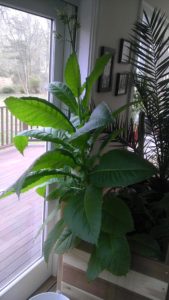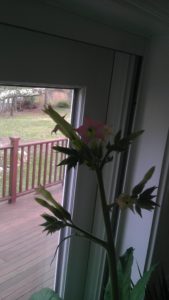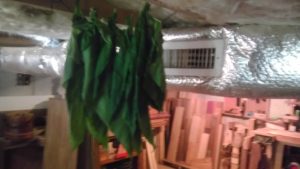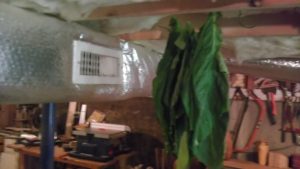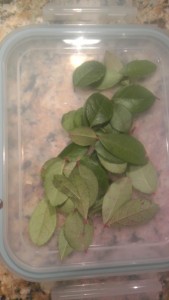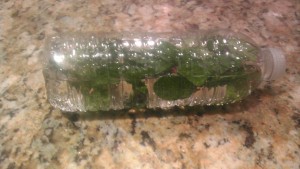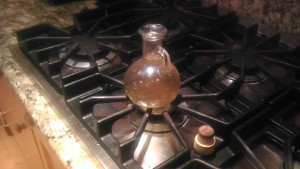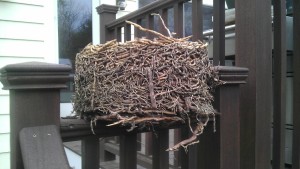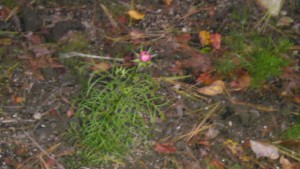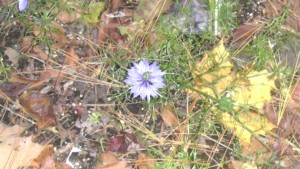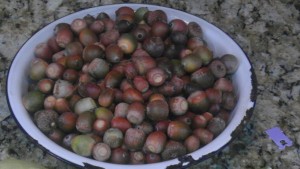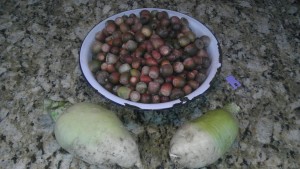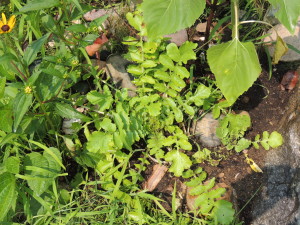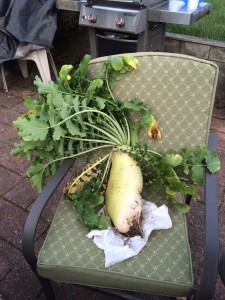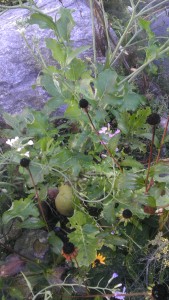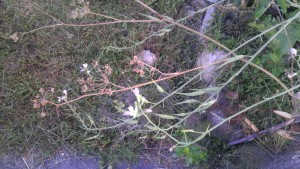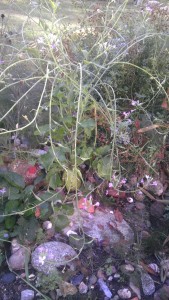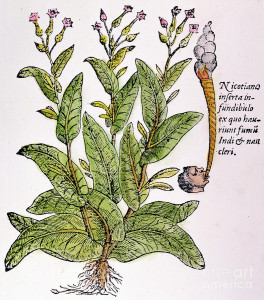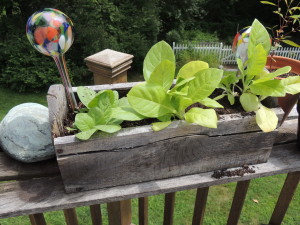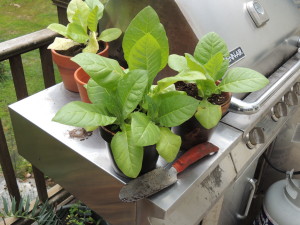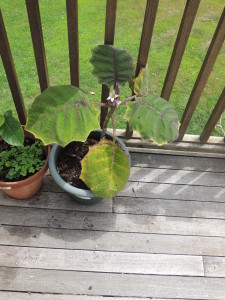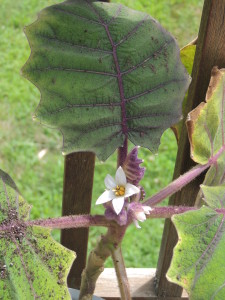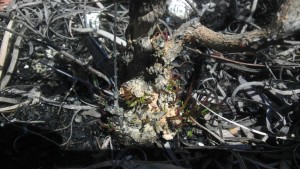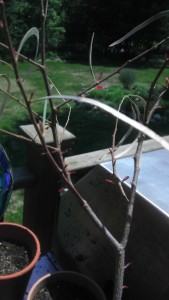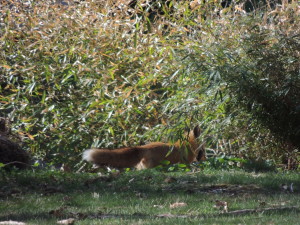Greetings Dear Readers, earthbound or nay. This transmission comes to you from the usual place on the usual frequency. Those transmissions encoded in the shifting shapes of clouds and the specific patterns of raindrops landing I will not take responsibility for, though I will reluctantly acknowledge to contributing, albeit to the most minor of extents, to that grander milieu of phenomena. Thus are the skids of mysterious incredulity greased.
Today’s post, a trifle long in being made, follows up on last August’s Tobacco 1 post, wherein our hero, Umgurk, having lost his reindeer, and it being dark and cold, sets forth… (wait, that’s not what it’s about). That prior post detailed a little of the history of tobacco and that I was seeing how it grew. Following that post came the tale of a strange ark, not a water bound ark, that would carry life forms (plants) across a condition they could not survive (winter) with ample room for roots. OK, looked at another way it’s just a large wooden flower pot, but strange ark is much more poetic and suggestive to the imagination.
I had put the chosen tobacco plants which otherwise would have died and set them in the strange ark. All winter long I watered them and throve they mightily. By the end of March behold –
with flowers no less
Not long after these pictures,, the largest of the plants fell under weight of its luxuriant leaves. This told me it was time to harvest the first batch of those leaves. The internet is full of accounts of how tobacco leaves are to be dried, subsequently fermented (cured), and thereafter used. At the end of last summer when I had many tiny (3 or four inch) leaves I had tried to dry a few. When stuck together they would molder. Those not moldy were somewhat fragrant. I tried an experiment – you heard it here first – I had some bluefish (I seek the collective permission of the universe to refer to the bluefish as mackerel here – there are meaningful similarities, a dark fishy-fish, though of course there are differences too) so anyway I had this mackerel (how easy was that?) and a whole bunch of fresh tobacco leaves – what about tobacco smoked mackerel? How could an avenue as appealing as this have gone unexplored by earthly civilization? Forty or fifty little leaves later (thrown into the grill underneath the fish), and it did produce a zaftig fragrance, I possessed the prize. A similar result might have been produced by soaking the fish in water long standing in un-emptied ashtrays … but not really. I just think that important adjustments might need to be made such as how many leaves, how much fire, tiger mackerel?, under which stars, etc. The culinary road to heaven crosses many uncontemplated byways.
Trying to be fair to the many forms of goodness available in our universe I did consider the converse, of setting the leaves (misted) on the grill and the mackerel into the fire itself, so that the mackerel smoke could condition the tobacco. I think that such tobacco would really open olfactory minds. That idea is filed under “For another time”.
Back to the main theme, then. I clipped off the biggest dozen leaves from the fallen plant and stood it back up. I strung the leaves on a wire next to a heating vent in the workshop, hoping that the flow of air would deter mold.
and as yet (+ ten days) there is no mold. The leaves continue to feel damp. It is surprising how much moisture they contain and how strongly they clutch it.
Episode 3 of this series may feature efforts at curing and fermenting (assuming the drying does not fail), further escapades in tobacco-fish synergies, news of subsequent generations (the lead plant, having flowered, has produced many seed pods), or heaven knows. Until that time may you thrive peacefully, or lean more in that direction, or not find the pain of being unable to thrive to be unspeakably odious, or – just do your best, ok?

